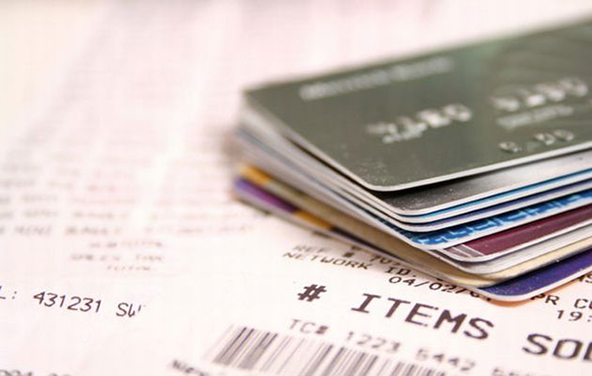15 Steps to Minimizing American Express Fraud

Credit card fraud can often be prevented by employing adequate card acceptance procedures at the point of sale. The following suggestions are specific to American Express card transactions, however, with minor adjustments, can be applied to all other card sales as well.
Fraud prevention procedures employed in a face-to-face card acceptance environment cannot always be implemented in a card-not-present setting and will need to be reviewed separately.
Card-present transactions. A face-to-face environment provides merchants with more tools for establishing the validity of both the customer and the card. The following particular steps should be taken during the validation process:
- Obtain a 6-digit approval code for each transaction.
- Swipe the card or take an imprint.
- Verify that the customer is the actual cardholder.
- Verify that the card has not expired. The card cannot be used beyond its expiration date.
- Visually inspect the card to make sure it has not been altered.
- Match the embossed account number on the front of the card to the number on the back of the card and the sales receipt printed out by the terminal. If the numbers do no match, contact American Express’ voice authorization center at 1-800-528-2121 and make a Code 10 call. Code 10 is an authorization request that alerts American Express that a fraudulent activity may be taking place. The operator will ask you a series of “yes” and “no” questions to determine whether the transaction is legitimate or not. If the operator concludes that the customer is not an authorized cardholder, you may be asked to retain the card, which you should only do if it is safe to do so.
- Make sure that the customer’s signature on the transaction receipt matches the signature on the back of the card.
- Compare the name on the sales receipt, printed out by the POS terminal, to the name embossed on the front of the card. If they do not match, make a Code 10 call.
- Request cardholder name, exactly as it appears on the card.
- Request the card number and expiration date.
- Request the Card Identification Number (CID) – the four-digit code on the front of each American Express card, located above the embossed account number.
- Request the card’s billing address, as well as the shipping address (if different from the billing address). Be advised that shipping to the billing address is necessary to avoid full recourse chargebacks.
- Indicate on the electronic record that the transaction is “Mail Order,” “Phone Order” or “Internet.”
- Use shipping services that do not allow re-routing of the shipment.
- If you allow phone / internet orders to be picked up at retail locations, require the card to be presented at pick-up. Complete the transaction by swiping the card or obtaining an imprint.
Card-not-present transactions. These are typically higher risk transactions, because the merchant cannot physically inspect either the card or the cardholder. Yet, merchants have plenty of fraud prevention tools at their disposal and should take the following actions during the transaction process:
Fraud can probably never be completely eliminated, but following the above suggestions will help you greatly minimize unauthorized transactions. The list is far from complete and there is a number of items that can be added to it, which you can do as you gain experience, however it gives you a solid platform on which you can base your fraud prevention strategy.
Image credit: Wikimedia Commons.


